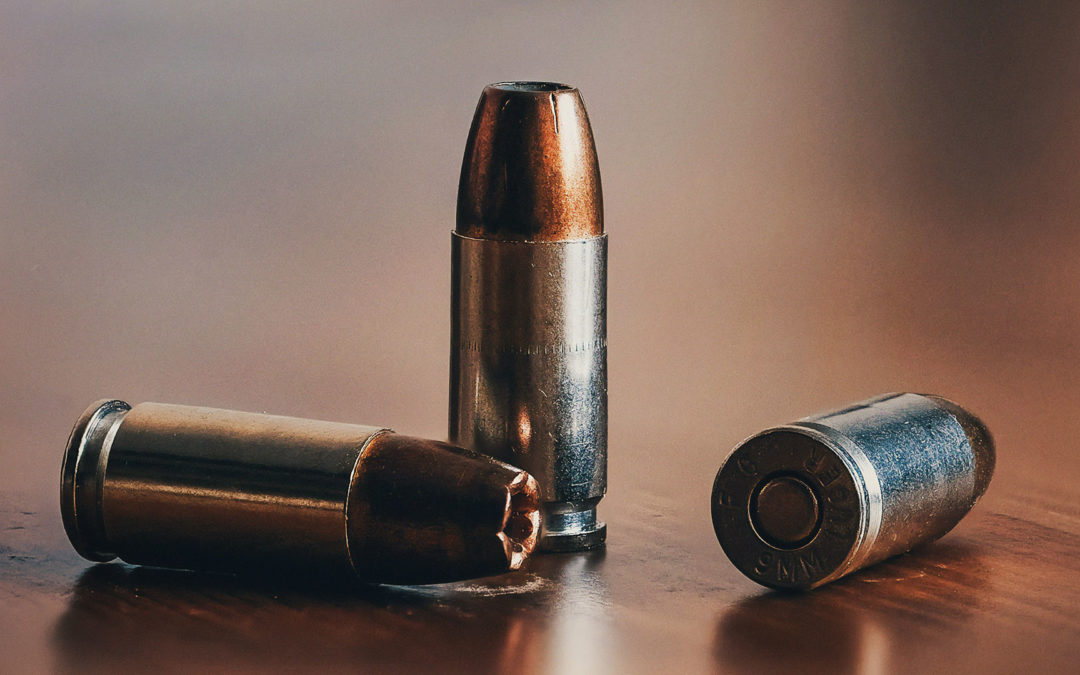New Requirements
As of July 2019 non lead ammunition will be required for all hunting in California. We’ve had many questions about it as well as complaints so would like to give you a little information.
Through my own research I’ve learned that our world is indeed contaminated with lead. It’s in the soil, water and even in us. How much harm its done is not fully known, but the science community is concerned and is trying to protect the people. The culprit turned out to be leaded gasoline. Now the pressure is on to the rest of lead products like fishing sinkers and lead bullets.
Here’s some history
Over 20 years ago lead shot was banned here for waterfowl. The result was a short term disaster but in the long term it has brought about much improvement in shotgun shells.
At first the only non lead shot was steel and hunters noticed it was much less effective. Birds were often hit and wounded but lost due to the lower energy and penetration of steel. Steel shot is also much harder on our barrels and many guns were damaged from it. Now we know that many older shotguns shouldn’t fire steel shot. Different chokes are also necessary. Steel shot has no cushion like lead, which makes it shoot tighter patterns, but can damage tighter chokes like the Full choke on most older shotguns. Generally steel is fired through no tighter than “Mod” choke unless your shotgun has an extended choke designed for hard shot.
The ammunition makers have worked hard to make more effective rounds and today’s steel shot loads are approaching the effectiveness of the old lead shells. There are other materials now like Bismuth and some coated shot that can be safely used in the older guns. Top of the line Tungsten and Hevi Shot loads are extremely effective and beat any lead shell ever made, but cost between $5.00 to $10 per round.
For big game non lead bullets are usually copper. Barnes bullets was the pioneer on these “monumental” bullets. They have many fans and a few adamant opponents.
While preparing for my first African Safari I tried Barnes as word was they had great penetration, perfect for the Cape Buffalo I was after. My experiences with them were good from the start, and I can now agree they have more penetration than any other type of bullet.
Common Complaints
Complaints from some people were that they wounded game. From my experience I can see why people might come to that conclusion but feel the only reason we lose game is due to poor shots. Copper hunting bullets are universally hollow point in design. They reliability expand but only to only about double their original diameter making a 1” to 1.5” wound with little blood shotting. This small wound introduces less shock so if you shoot through the shoulders rather than behind, you get the shock effect because it’s hitting more muscle,which drops the animal. The smaller wound with no fragmentation doesn’t bloodshot so you don’t ruin much meat.
Solid copper bullets also foul the barrel a little more than conventional jacketed bullets but are much better in that regard than they were 20 years ago. Decoppering your barrel about every 100 rounds is a good way to keep your rifle accurate.
There have been accuracy complaints. Copper bullets can be extremely accurate and win many matches but load different than lead. Being a lighter material, copper bullets tend to be longer than our old lead core bullets making the twist rate in our barrel a little slow when we use equal weight copper bullets. The answer is to use a lighter bullet. I know this is hard when we trust our old heavy bullets, but remember that a much lighter copper bullet out penetrates a much heavier lead bullet because of it’s 100% weight retention. The lighter weight also gives us more velocity which translates into flatter shooting for long range.
Lastly they are expensive. True but no more than premium bonded lead core bullets. For the number of rounds we use hunting game the cost is negligible.
Once you adjust to their quirks you too can become a copper bullet fan.

